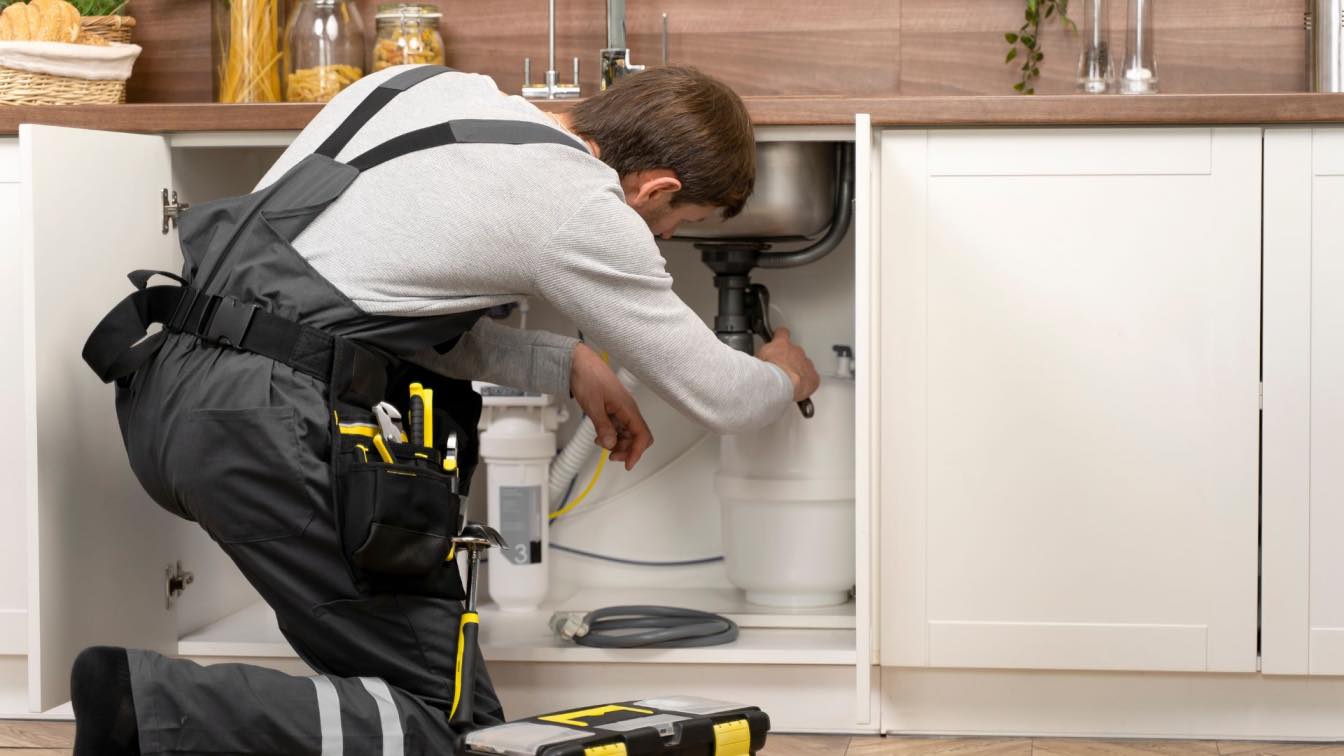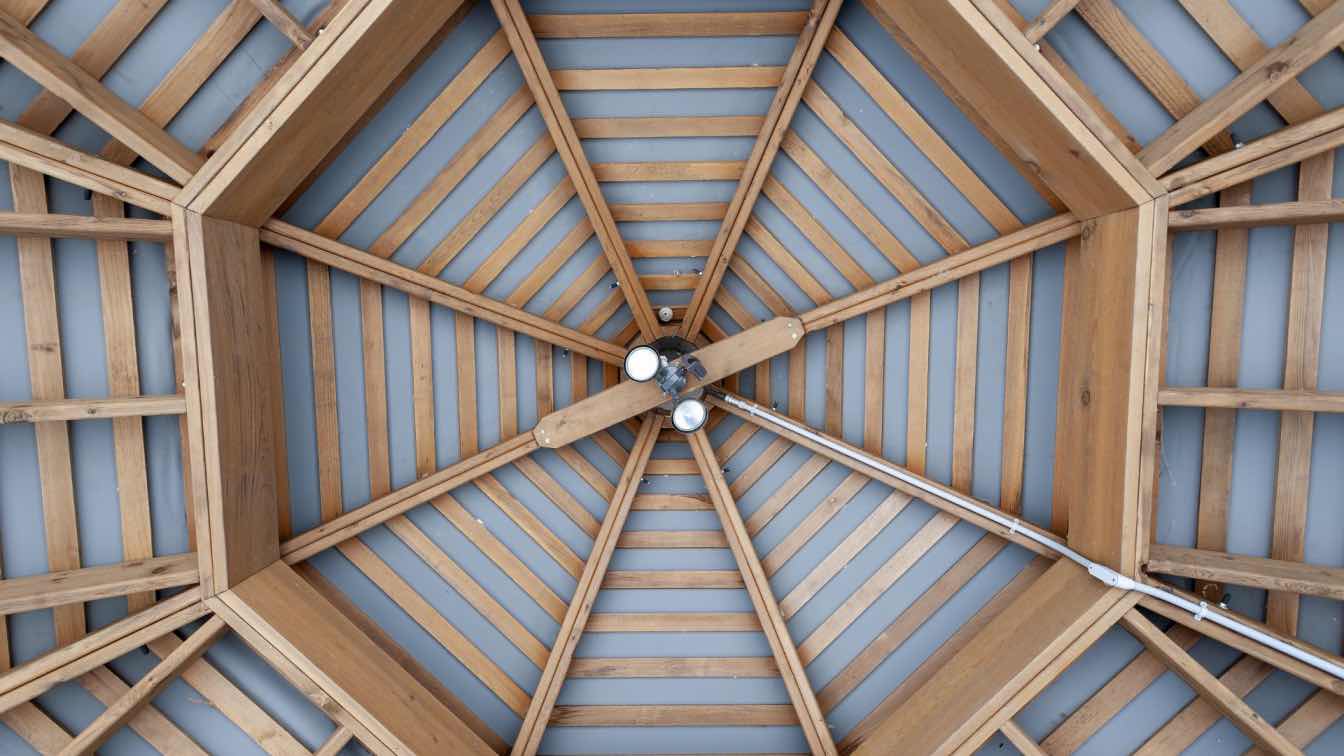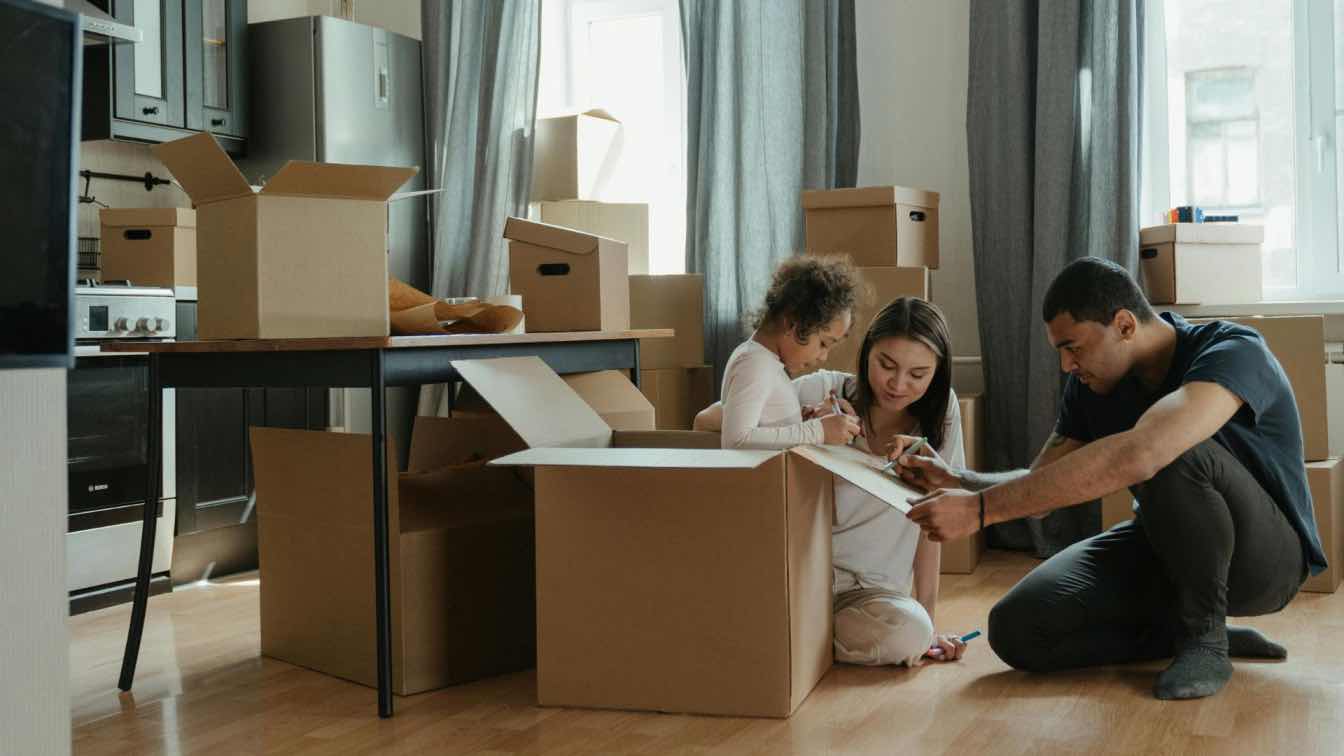As a homeowner, you know that plumbing issues can be a major headache. From leaky faucets to clogged toilets, these problems can disrupt your daily routine and lead to costly repairs. However, not all plumbing issues require a professional plumber. With a little know-how, you can easily fix common household plumbing issues yourself. Here are some DIY plumbing tips to help you solve common problems and save money.
Unclogging a Toilet
A clogged toilet is another common plumbing problem that can be easily fixed with the right tools. First, try using a plunger to unclog the toilet. If that doesn't work, use a plumbing snake to remove any blockages in the toilet. If the clog is particularly stubborn, you may need to remove the toilet and use a snake to clear the blockage from the pipe. With a clogged toilet, it's important to act quickly before the blockage causes any further damage. If you can't unclog the toilet yourself, it's best to call a professional plumber.
Fixing a Leaky Faucet
A leaky faucet is a common problem that can waste a significant amount of water over time. To fix a leaky faucet, start by turning off the water supply to the faucet. Next, remove the handle and use a wrench to remove the nut that holds the stem in place. Remove the stem and replace the O-ring and washer. Then, reassemble the faucet and turn the water supply back on. If the leak persists, you may need to replace the entire faucet. If this is the case, make sure you buy a compatible replacement and follow the manufacturer's instructions for installation. With some basic knowledge and tools, it’s not difficult to fix a leaky faucet on your own. By doing so, you can save yourself time and money, and help conserve water.
Replacing a Toilet Flapper
A toilet flapper is a rubber valve that controls the flow of water from the tank to the bowl. Over time, the flapper can become worn or damaged, leading to leaks and other issues. To replace a toilet flapper, turn off the water supply to the toilet and flush the tank to remove any water. Remove the old flapper and replace it with a new one. Make sure the flapper is properly aligned and securely attached to the flush valve. If needed, use adjustable pliers to adjust the length of the chain. Once you have installed the new flapper and turned the water back on, test your repair by flushing the toilet a few times before replacing all of the parts.
Fixing a Running Toilet
A running toilet is not only annoying, but it can also waste a significant amount of water over time. To fix a running toilet, start by checking the flapper to ensure it is properly aligned and sealing the flush valve. If the flapper is fine, check the fill valve to ensure it is functioning properly. If the fill valve is faulty, replace it with a new one. First, turn off the water supply to the toilet and then flush the tank. Next, remove the old fill valve and replace it with a new one. Finally, attach a new flapper to seal the flush valve and turn on the water supply. With these simple steps, you can easily fix a running toilet and save both money and water in the long run.
Fixing a Leaky Pipe
A leaky pipe can cause water damage to your home and lead to costly repairs. To fix a leaky pipe, start by turning off the water supply to the affected area. Use a pipe wrench to tighten any loose connections or replace any damaged pipes. If the leak is more severe, you may need to call a professional plumber to make the repair. If you're doing it yourself, be sure to read the instructions carefully and use the right tools. Once you've fixed the leak, turn on the water supply again and check for any remaining leaks. If all is good, your pipe should now be fixed! If you're still having trouble, it may be time to call in a professional. They will have the right tools and experience to get the job done quickly and correctly.
Cleaning a Showerhead
Over time, showerheads can become clogged with mineral deposits and other debris, leading to reduced water pressure and a less enjoyable shower experience. To clean a showerhead, remove it from the shower arm and soak it in a mixture of equal parts vinegar and water for a few hours. Rinse the showerhead thoroughly and reinstall it on the shower arm. When you turn on the water, the pressure should be restored. For stubborn clogs, a showerhead cleaner or brush may be necessary. Be sure to follow all safety precautions when removing and reinstalling the showerhead. With regular cleaning, you can ensure that your shower is always up to its highest level of performance. You should clean your showerhead at least twice a year to keep it functioning properly. This simple routine maintenance will help you enjoy a pleasant and refreshing shower experience. Plus, it will help extend the lifespan of your showerhead.
With these DIY plumbing tips, you can easily fix common household plumbing issues and save money on repairs. However, it's important to remember that some plumbing problems may require the expertise of a professional plumber. If you're not comfortable tackling a particular plumbing issue yourself, don't hesitate to call a professional. In the meantime, keep these tips in mind to keep your plumbing running smoothly and your home in good condition. When in doubt, remember that prevention is key and regular maintenance can go a long way. For example, you should check your water heater regularly to prevent any potential problems and inspect your toilets and pipes for leaks or blockages. With a few simple steps, you can keep your plumbing system working properly and save money in the long run. By following these tips, you can stop plumbing problems before they start and ensure your home is safe and comfortable all year round. Make sure to always follow safety precautions, use the right tools, and contact a professional when necessary.





